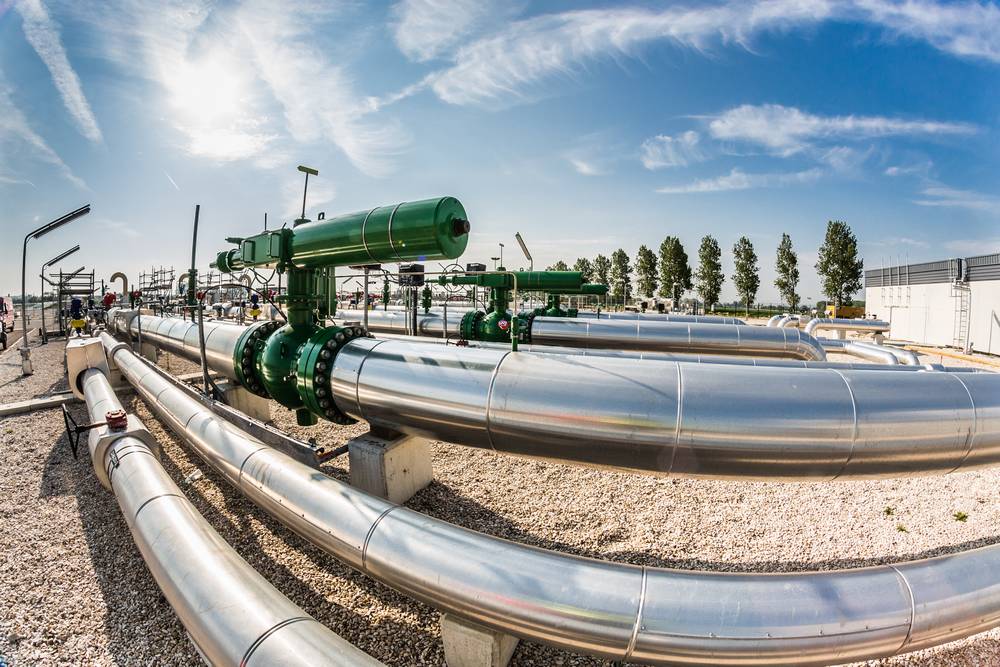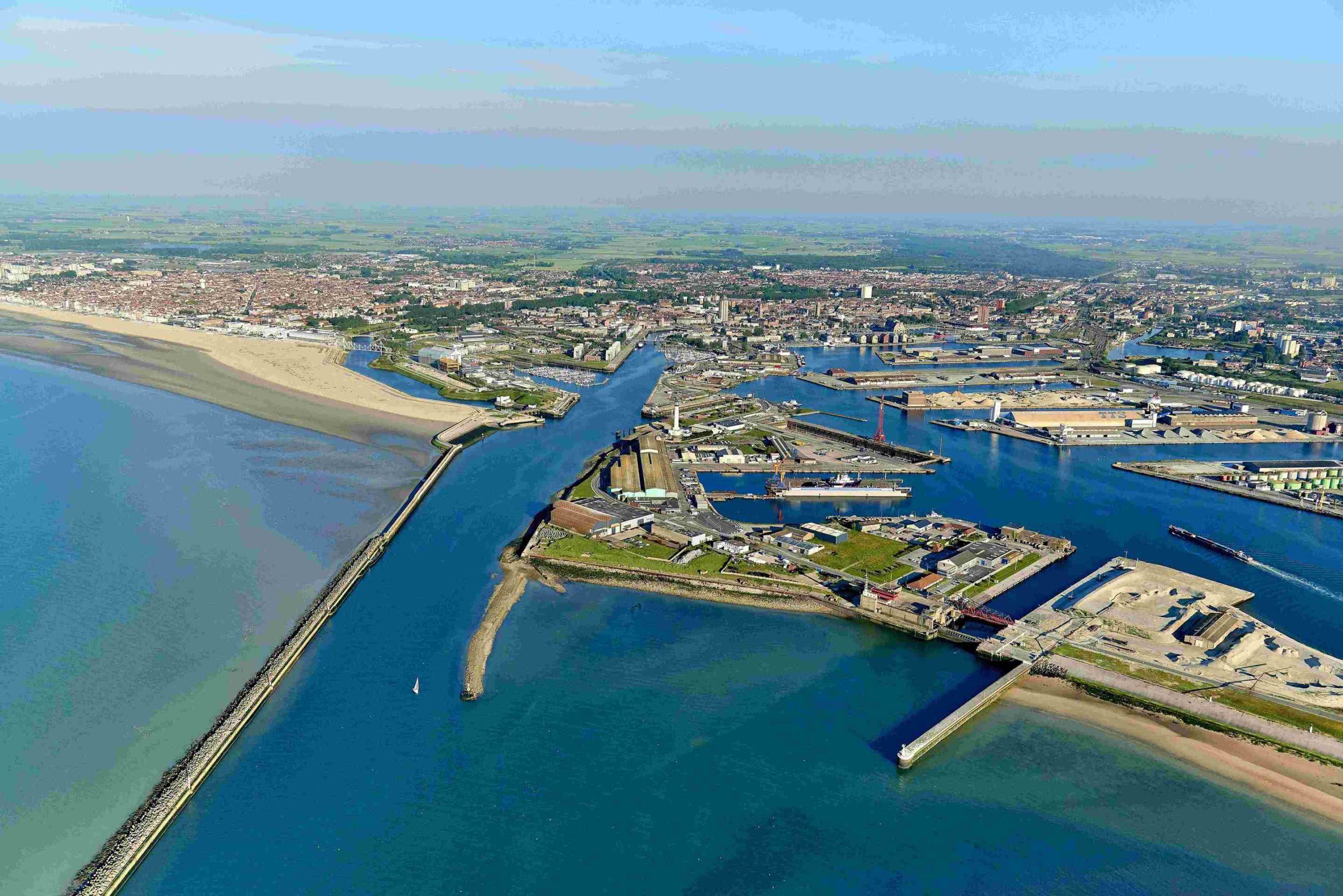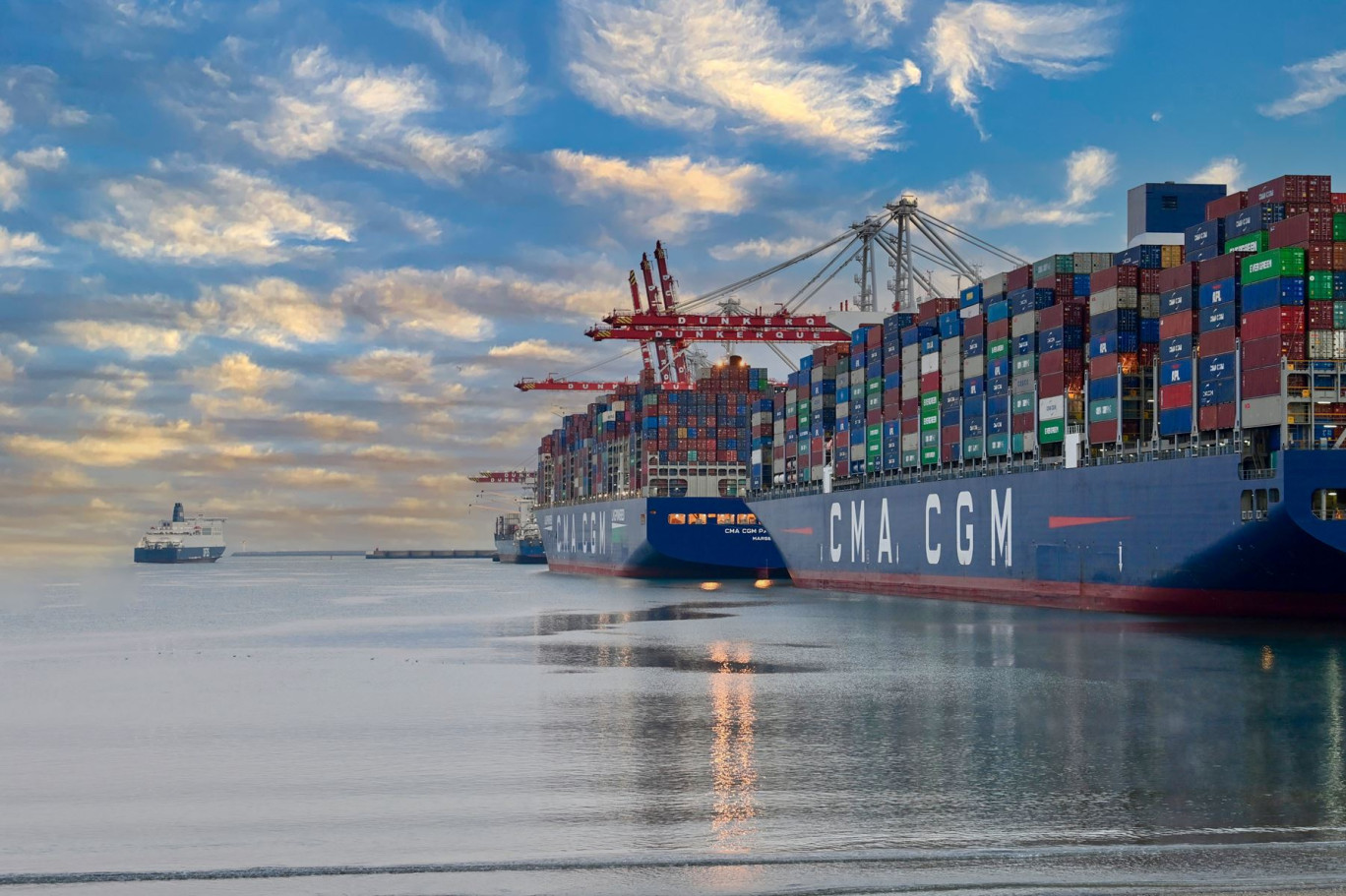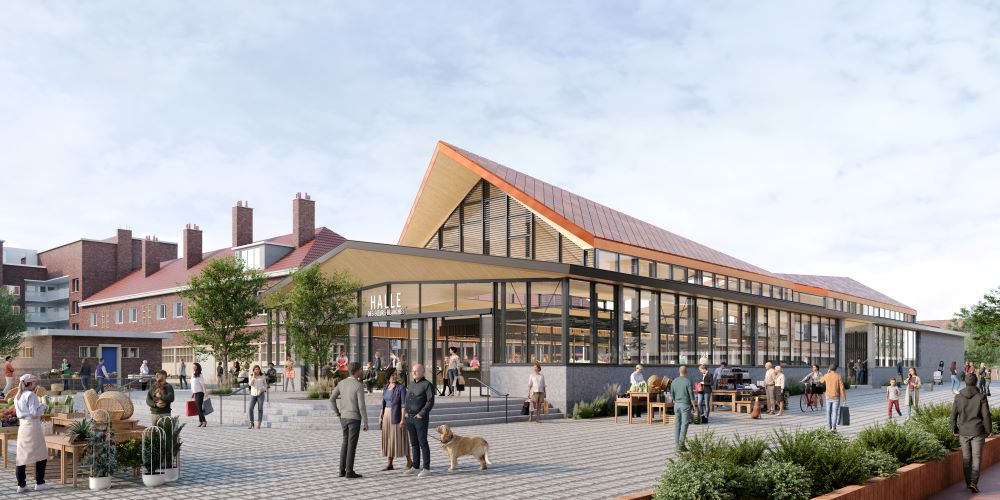
7/ Dunkirk’s CO2 hub, the first co2 hub in france
Representing emissions of almost 16 MT of CO2, Dunkirk’s large industrial basin is working to set up a CO2 Hub. This infrastructure will help accelerate the decarbonisation of Dunkirk’s port and industrial platform and its hinterland and, thereby, reach CO2 emissions reduction targets as quickly as possible.
The first phase of the CO2 Hub, the D’Artagnan project, led by Air Liquide France Industrie and Dunkerque LNG, was recognised as a European Union Project of Common Interest (PCI) and several projects related to CO2 capture in factories were winners of the EU’s Fund for Innovation, particularly Chaux et Dolomies du Boulonnais’ CalCC scheme (Lhoist) and Eqiom’s K6 programme.
The components of Dunkirk’s CO2 Hub
This project will be composed of a network of pipelines to transport CO2
and a terminal for reception, liquefaction and storage prior to dispatch or re-use.
The CO2 Hub will offer collection, transport, liquefaction and intermediary storage capacities for local, regional or national industrialists and could even evolve depending on the stakeholders wanting to use its “nodes” to connect up to it.
The port’s CO2 storage and export terminal would be set up in the immediate vicinity of Dunkirk’s liquefied natural gas terminal run by Dunkerque LNG (a subsidiary of the Fluxys group) and whose location is in close proximity to many local industrialists with a direct access to the sea. The stored CO2 could then be either loaded onto suitable ships for dispatch to natural storage sinks in the North Sea, or reused.
The terminal’s initial planned capacity is 1.5 MT/year of CO2 collected and dispatched (volumes of CO2 from Eqiom and Lhoist group’s Chaux et Dolomies du Boulonnais). Additional capacities could be considered, depending on the needs of the basin’s industrialists and the availability of funding. Work on the first sections could begin in 2025 in order to commission the network at the end of 2027.
Essential components in the decarbonisation chain, permanent storage projects in geological carbon sinks (deep-sea geological formations) are one of the levers endorsed by the IPCC and are backed by the Government as part of the national and European industrial decarbonisation framework. At present, there are important storage sites and projects in the North Sea. They are accessible via the maritime facilities in the Port of Dunkirk.
Reliable and efficient processes for more than 50 years
CO2 capture, transport and storage processes have proven their reliability and efficiency. As a matter of fact, they have been used for more than 50 years in around thirty CO2 sinks across the world and have already transported and permanently stored around 300 million tonnes of CO2.
CO2 capture, transport and storage in deep geological lays are essential technology in combatting climate change. “Geological carbon sinks” are an additional ressource available to help to avoid exceeding the 1,5°C temperature increase specified in the Paris Agreement. As a matter of fact, despite all the efforts made by industrialists and the innovative technology set up to reduce CO2 emissions in the atmosphere, residual CO2 persists. Therefore, it needs to be captured to prevent it from being released into the air and to stop it from continuig to intensify the greenhouse effect. Sending the CO2 back underground means, in some way, returning it to the place we took it from, since we extract fossil carbon ‘coal, natural gas and oil) from underground which, when burnt for energy, releases CO2.
In the case of Dunkirk’s CO2 Hub, the carbon dioxide will be temporarily stored in surface containers before being transported by boat to geological storagee sites under the floor of the North Sea, particularly in Norway, which has had stroage sites since 1996.
Isabelle CZERNICHOWSKI-LAURIOL,
An international expert on CO2 capture and storage, President Emeritus of CO2 GeoNet (European Network of Excellence on the geological storage of CO2 ), and former associate of the French Geological Survey Office (BRGM).

Collection, transport and storage in the Dunkirk Hub







